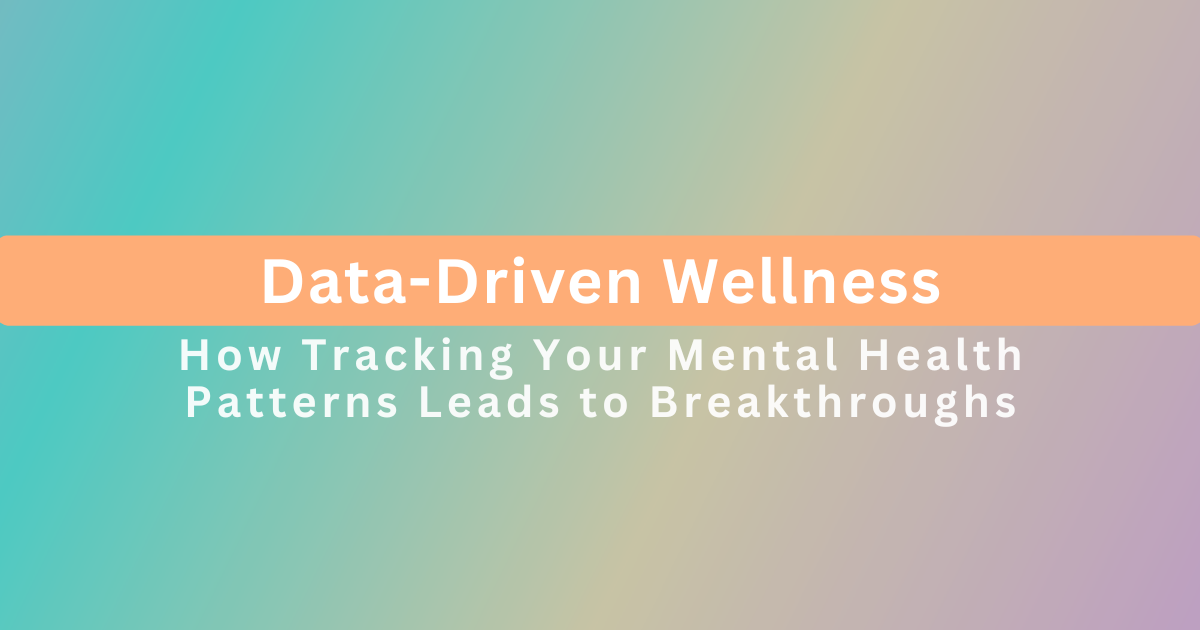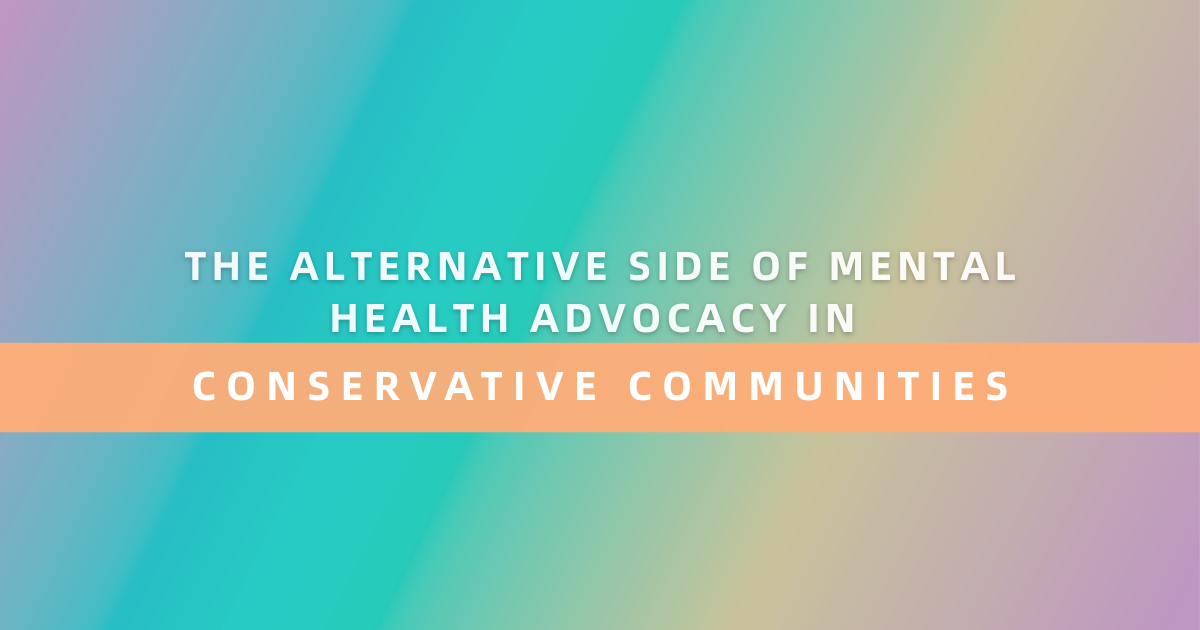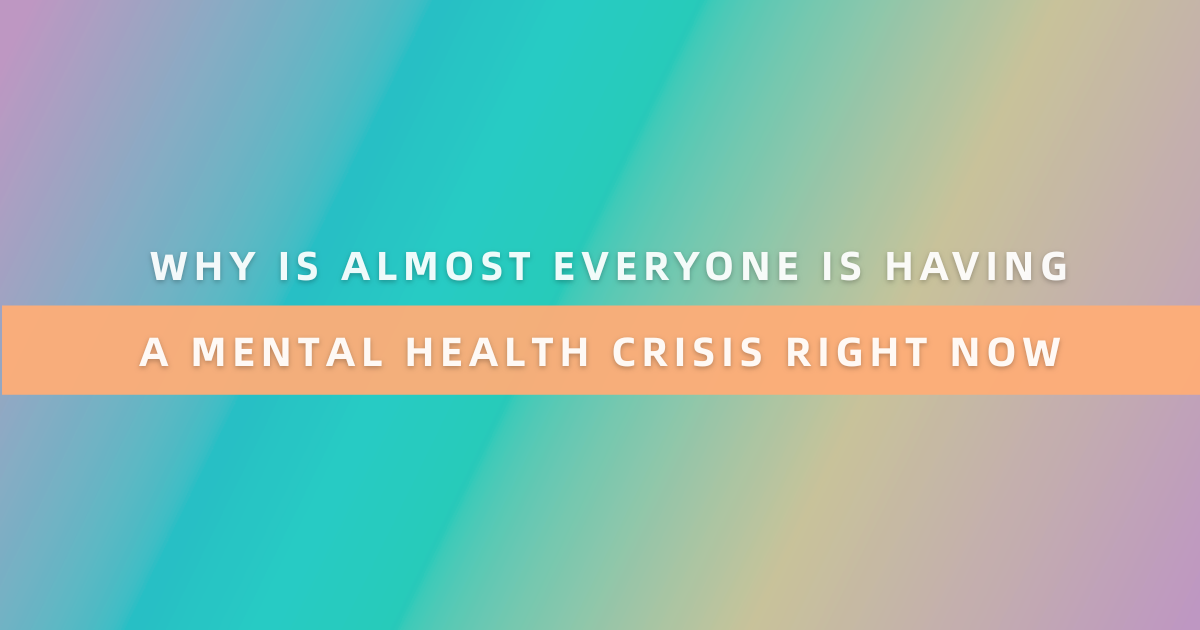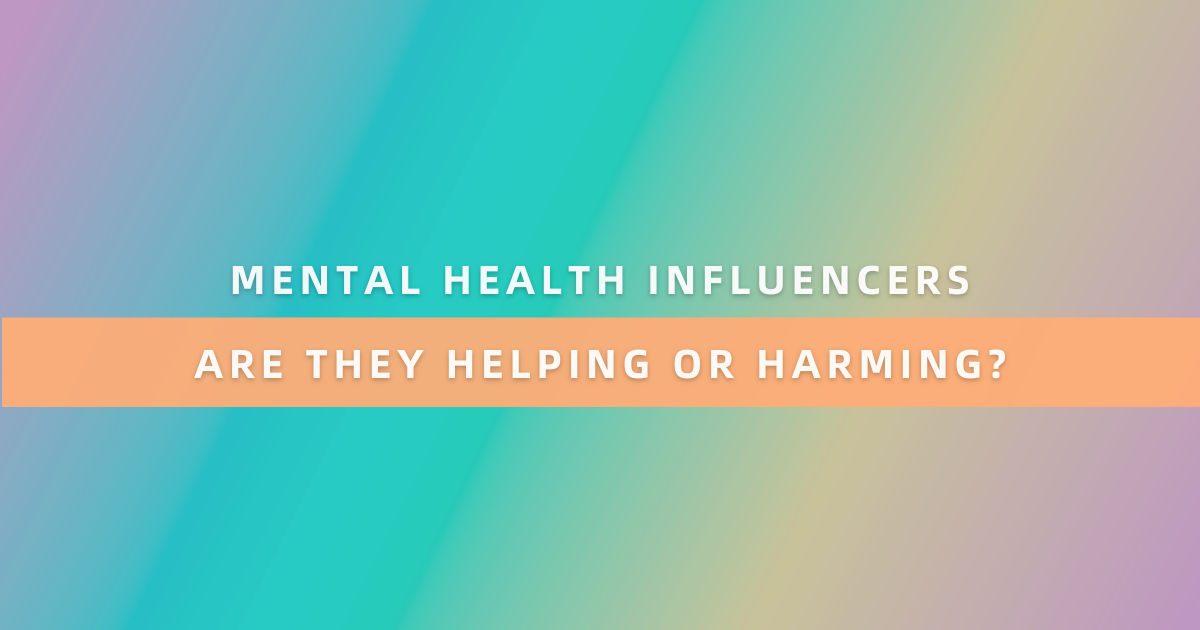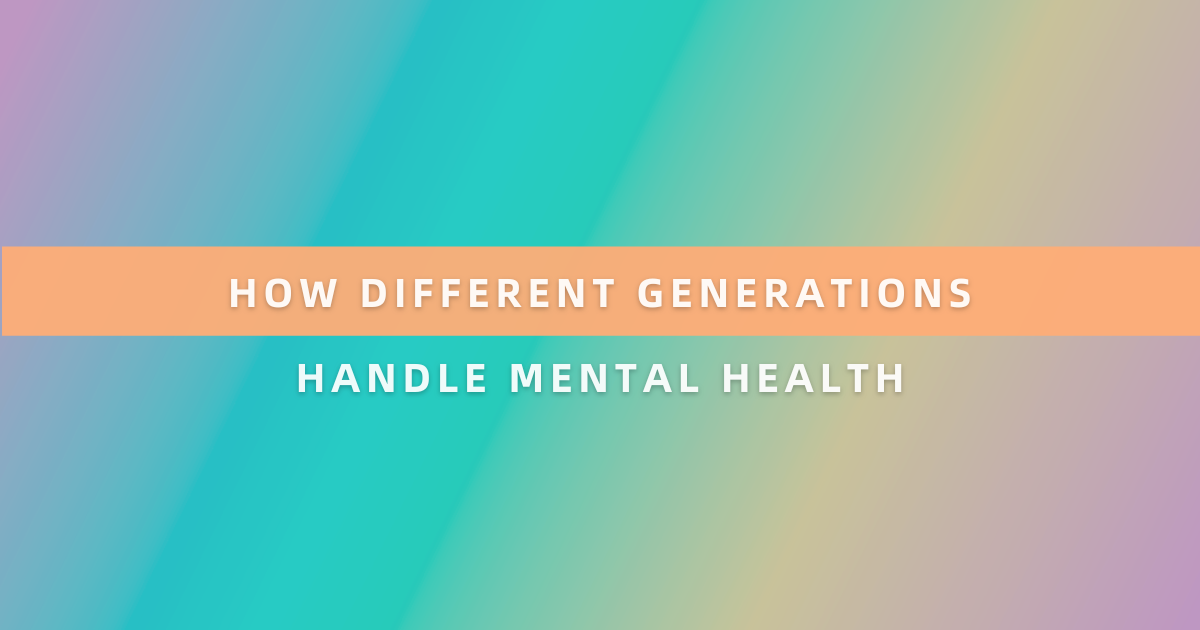The Hidden Patterns in Your Mental Health
Every anxiety spike, depressive episode, or emotional reaction lies a pattern, often invisible to us until we step back and truly examine our mental landscape. These patterns shape our daily experiences, relationships, and overall well-being, yet most of us navigate life completely unaware of these influential undercurrents.
Mental health patterns are the recurring sequences of thoughts, emotions, behaviors, and physical sensations that form your unique psychological fingerprint. What makes them particularly powerful is that once identified, they become the key to unlocking profound personal breakthroughs.
Why Traditional Approaches Often Miss the Mark
Traditional mental health approaches typically rely on memory and retrospective reporting, methods we now know are highly unreliable. This memory distortion creates several problems:
- – Recency bias: We overemphasize recent experiences and emotions
- – Emotional state dependency: Current feelings color how we remember past emotions
- – Selective memory: We unconsciously filter our experiences, creating gaps in our understanding
“One of the most significant challenges in mental health support is working with incomplete or distorted data,” explains Dr. Sarah Richardson, a clinical psychologist specializing in cognitive behavioral therapy. “When patients rely solely on memory during weekly therapy sessions, we miss crucial information about what happens between appointments.”
This gap between experience and recalled experience creates a foundation of quicksand—impossible to build lasting improvement upon.
The Science Behind Pattern Recognition and Mental Health
The breakthrough potential of tracking emerges from how our brains naturally process information. Neurologically speaking, pattern recognition is a fundamental cognitive function, we’re wired to identify connections and relationships.
A 2022 study in the Journal of Affective Disorders found that participants who engaged in daily emotion tracking showed enhanced emotional self-awareness and increased activation in brain regions associated with emotional regulation.
This makes scientific sense. When we document our mental states:
- – Neural pathways associated with self-awareness strengthen
- – Connections between emotional centers and the prefrontal cortex (responsible for decision-making) improve
- – The brain becomes better at distinguishing between different emotional states
These neurological changes create the foundation for what psychologists call “emotional granularity,” the ability to identify and differentiate between subtle emotional experiences. Higher emotional granularity correlates with better mental health outcomes across numerous studies.
Five Ways Tracking Creates Breakthroughs
1. Revealing Invisible Triggers
Sarah, a marketing executive, tracked her anxiety levels for three weeks using a digital journaling tool. The patterns revealed something surprising—her anxiety consistently spiked on Sunday evenings and Wednesday afternoons. Further reflection showed these were times when she was preparing for weekly executive meetings, a connection she had never consciously made.
“Once I saw the pattern, it was obvious, but I’d never noticed it before tracking,” Sarah shared. “This awareness let me develop specific strategies for those timeframes instead of feeling anxious without understanding why.”
2. Identifying Recovery Patterns
Mental health tracking isn’t just about identifying problems, it’s equally powerful for recognizing what helps. Michael, who lives with depression, discovered through mood tracking that his mood consistently improved after morning outdoor activities, even brief ones, but this effect diminished if the activity happened later in the day.
“I restructured my entire routine around this insight,” Michael explained. “Twenty minutes of morning walking now anchors my day, and my overall wellness scores have improved by nearly 40%.”
3. Challenging Cognitive Distortions
Our minds often trick us with absolutist thinking. “I always feel terrible,” or “I never enjoy social events,” are common thoughts that tracking consistently disproves.
When Lisa began recording her social interactions and associated emotions, she discovered that contrary to her belief that she “always felt anxious in groups,” she enjoyed approximately 60% of her social engagements. The data directly contradicted her perception, allowing her to challenge and ultimately change this limiting belief.
4. Medication and Treatment Effectiveness
For those using medication or specific therapeutic techniques, tracking creates objective measures of effectiveness. This data helps healthcare providers make more informed decisions about treatment approaches.
Dr. James Morgan, a psychiatrist specializing in treatment-resistant depression, notes: “The patients who track their symptoms systematically provide much richer information than those relying on memory alone. This often leads to more precise medication adjustments and better outcomes.”
5. Early Warning Systems
Perhaps most powerfully, consistent tracking develops personal early warning systems. Many mental health conditions show subtle shifts before major episodes or relapses.
Research with bipolar disorder patients showed that changes in sleep patterns, activity levels, and communication styles often preceded mood episodes by several days, creating a critical intervention window if these signals are tracked and recognized.
Getting Started: Effective Mental Health Tracking
The good news? You don’t need complex systems to begin benefiting from mental health tracking. Here’s a framework for getting started:
Choose the Right Medium
- – Digital tools and apps: Platforms like Theryo offer sophisticated tracking with AI-powered pattern recognition, making it easier to identify connections you might miss manually
- – Paper journals: Simple but effective, especially for those who find writing therapeutic
- – Voice memos: Quick and accessible for capturing in-the-moment experiences
- – Visual scales: Simple numerical or color-based systems for tracking the intensity of feelings
Track the Right Variables
Effective tracking focuses on:
- Emotions: Specific feelings experienced throughout the day
- Energy levels: How your mental and physical energy fluctuates
- Sleep patterns: Quality, duration, and how rested you feel
- Notable events: Brief descriptions of significant moments or triggers
- Physical sensations: Bodily experiences that accompany emotional states
- Helpful interventions: What strategies or activities improve your state
Establish Sustainable Habits
The most sophisticated tracking system fails if not consistently used. Start small:
- Begin with just one or two variables to track
- Set specific times for recording (morning, evening, or after specific events)
- Create environmental triggers (such as placing your journal by your toothbrush)
- Use existing technology to reduce friction (smartphone reminders, easy-access apps)
When Tracking Becomes Transformation
The most powerful outcome of mental health tracking isn’t just awareness—it’s targeted action based on personalized insights.
Consider Jessica’s experience: “After three months of tracking, I noticed my anxiety consistently peaked mid-afternoon on workdays. I assumed it was work stress, but deeper pattern analysis showed it correlated with my caffeine consumption and lack of protein at lunch. Making these two small dietary changes reduced my afternoon anxiety by nearly 70%.”
This represents the breakthrough potential of tracking—specific, personalized interventions based on actual patterns rather than generic mental health advice.
The journey from tracking to transformation typically follows this progression:
- – Collection: Gathering raw data about your mental states and experiences
- – Pattern recognition: Identifying correlations and connections within the data
- – Hypothesis formation: Developing potential explanations for these patterns
- – Targeted interventions: Testing specific changes based on your hypotheses
- – Measurement: Tracking the results of these interventions
- – Refinement: Adjusting based on what works and what doesn’t
This closed-loop system creates a continuously improving approach to mental wellness that becomes increasingly personalized over time.
Ready to discover your mental health patterns and create personalized breakthroughs? Theryo’s AI-powered platform makes tracking intuitive while revealing insights you might miss. Our collaborative approach combines your data with professional guidance, creating a more effective path to wellness.
Frequently Asked Questions
- How often should I track my mental health to see meaningful patterns?
Consistency matters more than frequency. For most people, daily tracking creates the most valuable data set, but even consistent tracking 3-4 times per week can reveal important patterns. What’s most important is establishing a sustainable rhythm rather than perfect daily adherence. Many people find that brief daily check-ins (taking 1-2 minutes) combined with a more comprehensive weekly reflection (10-15 minutes) provides an optimal balance of detail and sustainability.
- What should I track if I’m just getting started?
Start with no more than 2-3 variables to avoid feeling overwhelmed. Most people benefit from tracking: 1) overall mood on a simple numerical scale, 2) energy level, and 3) one or two primary symptoms specific to your situation (such as anxiety intensity, focus difficulties, or sleep quality). These core metrics provide valuable baseline data without creating tracking fatigue. As the habit becomes established, you can gradually add more specific variables based on what patterns emerge.
- Isn’t tracking my mood constantly going to make me overthink and feel worse?
This is a valid concern, but research shows the opposite effect for most people. Brief, structured tracking helps create emotional distance and perspective rather than rumination. The key is focusing on observation without judgment. If you notice tracking is increasing anxiety or obsessive thinking, consider reducing frequency or switching to a more structured format with predefined scales rather than open-ended journaling.
- What’s the difference between mental health tracking and journaling?
Traditional journaling involves open-ended writing about thoughts and feelings, while tracking uses structured formats to monitor specific variables consistently over time. Journaling provides depth but can be harder to analyze for patterns, while tracking sacrifices some nuance for clarity and pattern recognition. Many people benefit from combining both, using brief structured tracking daily with occasional in-depth journaling when processing significant events or emotions.
- Do I need a special app, or can I track with pen and paper?
Both methods can be effective. Digital tools like Theryo offer significant advantages through automated pattern recognition, visualization tools, and the ability to correlate multiple variables easily. However, paper-based tracking works well for many people, particularly those who find digital interfaces distracting or who process information better through physical writing. The best system is the one you’ll use consistently.
- How do I know if the patterns I’m seeing are real or just a coincidence?
This is where duration becomes important. Look for patterns that repeat multiple times over at least 3-4 weeks. Random correlations tend to disappear over time, while genuine patterns become more evident with more data points. Seeking an external perspective, whether from a therapist, a trusted friend, or tools with analytical capabilities, can also help distinguish between meaningful patterns and coincidental connections.
- What if I don’t see any clear patterns after tracking for weeks?
First, consider whether you’re tracking the most relevant variables. Sometimes we track what we think matters rather than what influences our mental state. Second, examine your tracking consistency and detail level, patterns may be hiding in incomplete data. Finally, remember that the absence of clear patterns is itself meaningful information that can help rule out suspected triggers or relationships. Sometimes learning what doesn’t affect your mental health is as valuable as learning what does.
- How do I translate the patterns I discover into actual improvements?
Start by selecting one pattern with a clear potential intervention. For example, if you notice your mood consistently drops after poor sleep, focus on sleep hygiene practices. Create a specific, measurable hypothesis to test (e.g., “Going to bed by 10:30 PM will improve my mood rating the next day”). Implement this single change consistently for at least two weeks while continuing to track. Evaluate results, adjust your approach if needed, and then move on to addressing the next pattern.
- How do I share tracking insights with my therapist or healthcare provider effectively?
Prepare before appointments by identifying 2-3 specific patterns or questions from your tracking data. Many providers appreciate visual representations like simple graphs or calendars that highlight key patterns. Focus on presenting the data objectively rather than your interpretation alone, which allows your provider to apply their expertise to your unique situation. Ask specific questions about what patterns they find most significant and what interventions they recommend based on the data.
- Is it possible to become too focused on tracking to the point that it’s unhealthy?
Yes. Signs of unhealthy tracking include anxiety when missing a tracking session, making major decisions based solely on tracked data without considering context, or spending excessive time analyzing data without implementing changes. Healthy tracking serves as a tool for awareness and growth, not as a rigid control mechanism. If tracking begins to feel compulsive rather than supportive, consider scaling back frequency, limiting analysis time, or discussing these concerns with a mental health professional.


